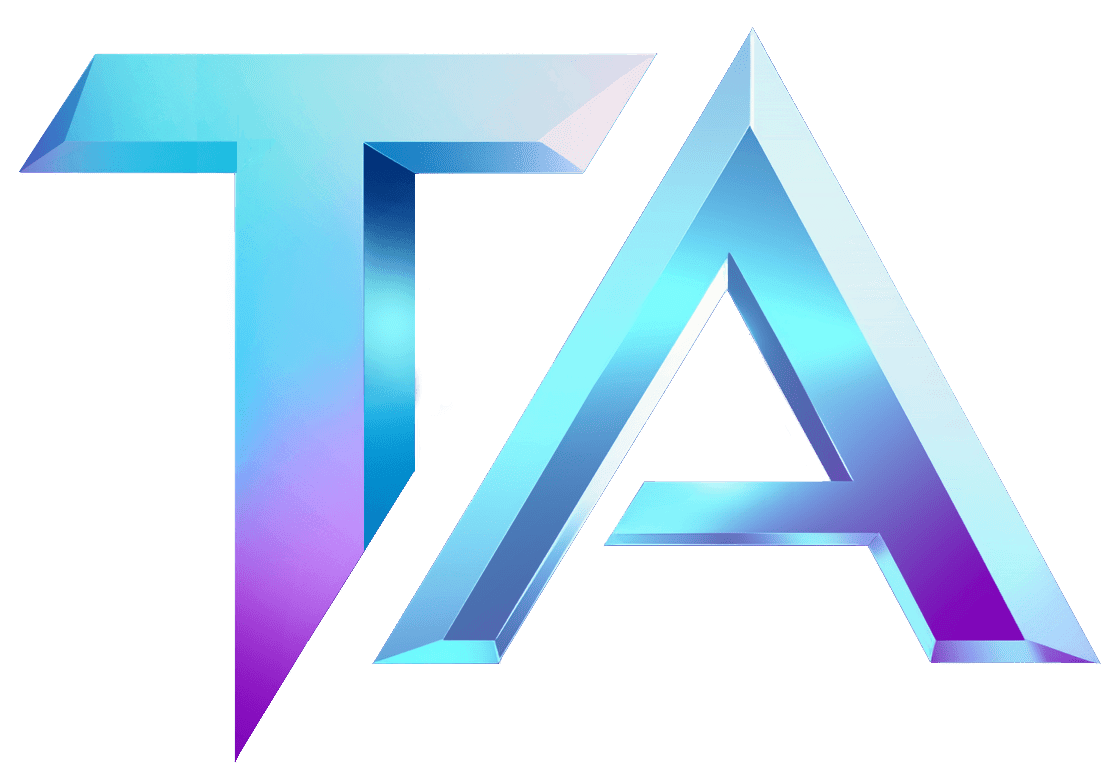Understanding Deadweight Loss in Star Atlas | Titan Analytics

Understanding Deadweight Loss in Star Atlas
At Titan Analytics, as both a Solana validator and a Star Atlas analytics platform, we delve deep into the economics of digital asset ecosystems. One concept that often comes up in discussions about market efficiency is deadweight loss. In this article, we’ll break down what deadweight loss means, how it applies to the Star Atlas universe, and why it’s essential for players and investors to understand it.
What is Deadweight Loss?
Deadweight loss occurs when market transactions do not happen at the most efficient price. This inefficiency leads to a loss of potential economic value that neither the buyer nor the seller captures. To put it simply, think of deadweight loss as missed opportunities for trades that could benefit both parties.
In traditional markets, deadweight loss often results from government interventions such as price ceilings or floors, taxes, or monopolistic behaviors. When these interventions distort supply and demand, some potential trades never take place, leading to a loss of welfare in the economy.
Deadweight Loss in Star Atlas
The Star Atlas universe, a space-themed grand strategy game built on the Solana blockchain, presents a unique environment to analyze deadweight loss. In Star Atlas, players engage in activities such as trading, crafting, and exploring, all of which rely on the economic interactions between participants.
Market Mechanisms
In Star Atlas, just like in real-world markets, players have the option to buy, sell, and trade various in-game assets, such as ships and resources. If the market price of a starship is set too high due to speculative hype or a lack of supply, prospective buyers may be deterred from making a purchase. Conversely, if the price is too low, sellers may pull their assets from the market, resulting in lost potential transactions. Both scenarios create a deadweight loss where trades that would have been beneficial to both buyers and sellers simply do not occur.
The Role of Game Mechanics
Moreover, factors like transaction fees on the Solana network can also contribute to deadweight loss in Star Atlas. High fees might discourage smaller transactions, leading to higher-value trades only. This can create a divide between players based on their resource capabilities and restrict market fluidity, which is essential for maximizing the player experience.
Recognizing Deadweight Loss in Your Gameplay
As a player or an investor in Star Atlas, it’s crucial to be aware of situations that can lead to deadweight loss. Pay attention to the following:
-
Market Dynamics: Keep an eye on price fluctuations and market sentiment. This awareness can help you make strategic trading decisions to avoid prices that are too high or too low.
-
Liquidity: Transaction fees and the availability of assets can affect liquidity. Be mindful of how these factors influence your ability to buy or sell assets efficiently.
- Engagement: The more players engage with the market, the healthier it becomes. Encourage balanced trading practices among your guild and friends to help create a vibrant economy that minimizes deadweight loss.
Conclusion
Understanding deadweight loss is vital for anyone participating in the Star Atlas ecosystem. By grasping the mechanics of supply and demand, as well as the implications of market inefficiencies, you can make smarter decisions that benefit you and the community.
To dive deeper into the world of Star Atlas data and analytics, visit our modules at Titan Analytics or feel free to reach out to us through contact. Happy exploring!




